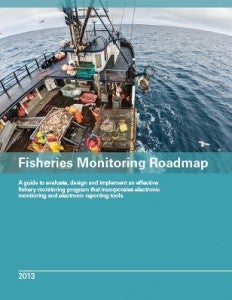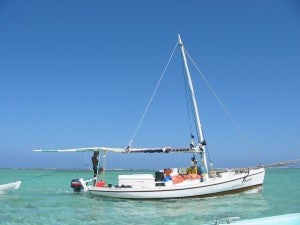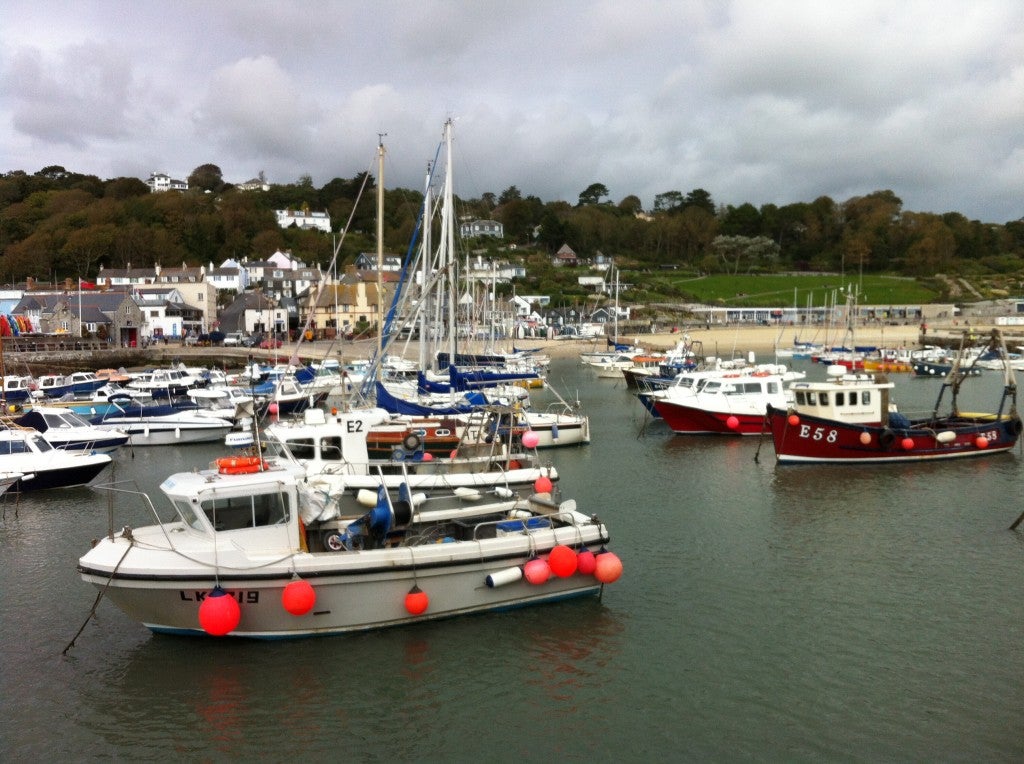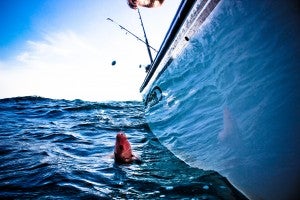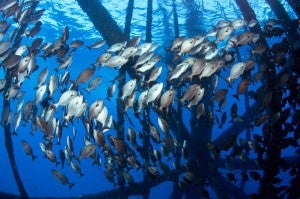Successful fisheries management is dependent upon timely data collection and analysis. A robust monitoring program will provide data on catch, specify gear use and evaluate bycatch for fishery stakeholders and managers, which in turn, support and improve stock assessments and ensure catch limits are both optimized and sustainable in the long-term. Monitoring is a necessary component of accurate catch accounting, yet comes with costs which can be a barrier to implementation. EDF is working to establish cost-effective monitoring programs in the United States, using a multifaceted approach including electronic monitoring, electronic reporting, on-board observers, logbooks, dockside catch accounting and other tools. The Fisheries Monitoring Roadmap is a guide developed by a working group of fisheries stakeholders facilitated by EDF to help realize this goal.
As fishery managers and other stakeholders look to new and emerging technologies to meet fishery monitoring and data needs, it is important to recognize that incorporating EM into a fishery monitoring program is a multi-step process that must be tailored to the specific needs of the fishery, fleet and often individual vessels. The Fishery Monitoring Roadmap outlines the differences between monitoring tools, and matches them with clearly identified management and monitoring goals, ultimately allowing for the optimization of fishery monitoring programs.
The “Roadmap” is essentially a multi-stage, ‘how-to’ manual for developing or revising a fishery monitoring program. Additionally, the Roadmap provides anecdotes and case studies highlighting trade-offs that must be considered when selecting among various fishery monitoring tools. In order to provide the context, background and resources stakeholders may need, the Roadmap includes the following five complementary sections: Read More










